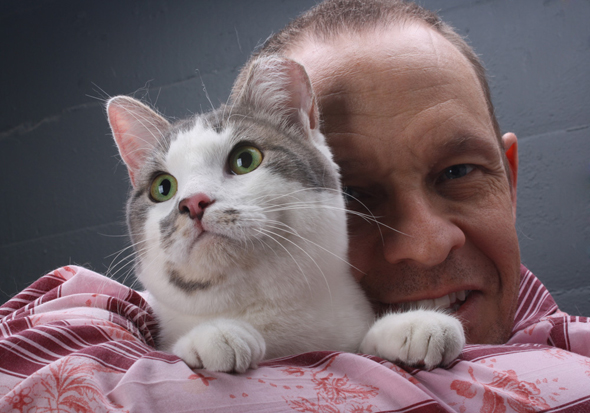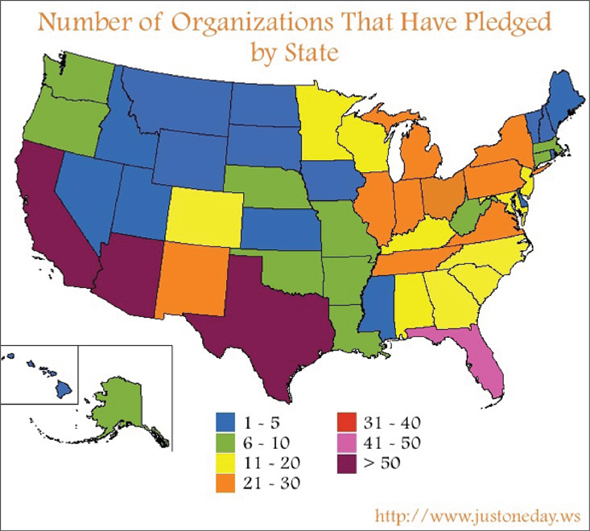“The Barnett Access on the Little Red River is being overrun with feral cats,” reported last Tuesday’s edition of The Sun-Times, the local paper in Heber Springs, Arkansas. “Due to the interaction between the public and feral cats, and the risk to human health, the Arkansas Game and Fish Commission is going to begin a trapping effort in July to remove the cats.” [1]
Interaction between the public and feral cats?
Huh. The feral cats I’m familiar with don’t really interact with the public. They’re… you know, feral.
What’s going on here?
“Tom Bly, fisheries biologist with the AGFC said that feral cats are considered an invasive species by conservation agencies and organizations nationwide. ‘Cats are the most significant invasive species affecting native bird populations and are also estimated to kill twice as many mammals as birds. There are also numerous human health concerns associated with feral cat colonies. Through feces, fleas, bites, or scratches cats can pass a variety of parasitic, bacterial and viral illnesses including rabies, toxoplasmosis, hook worms, and typhus,’ Bly said.” [1]
Sounds like Bly’s been drinking TNR opponents’ Kool-Aid. Read more










